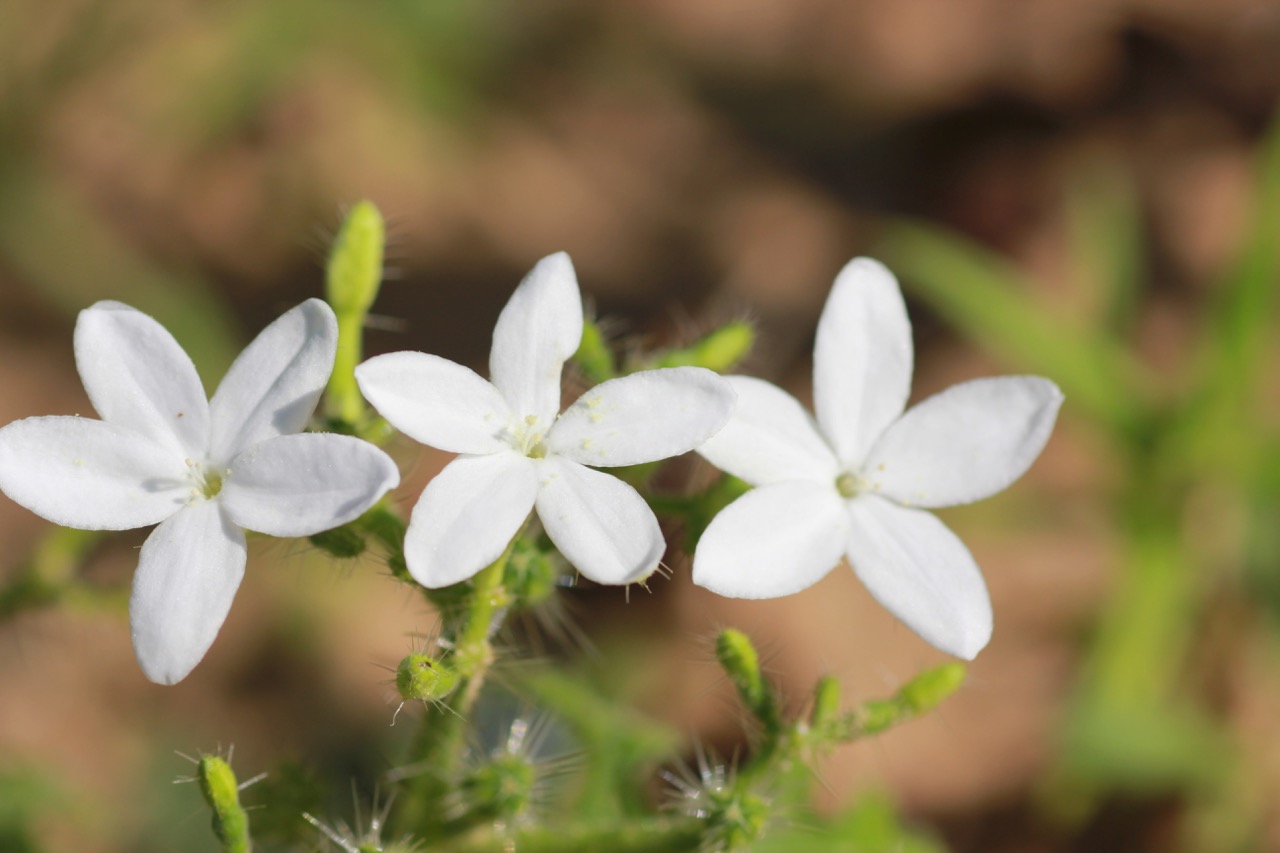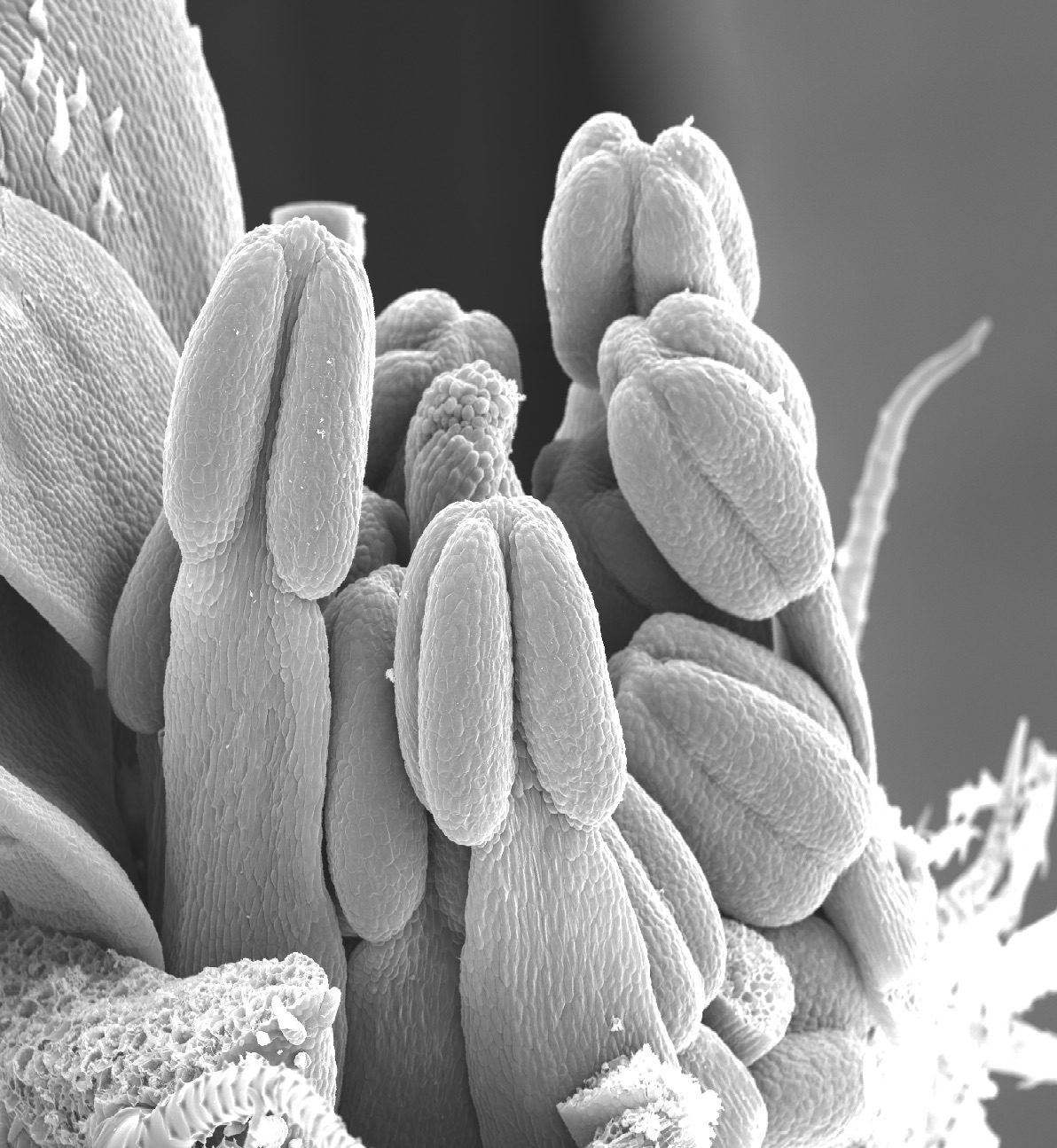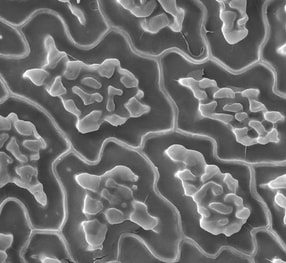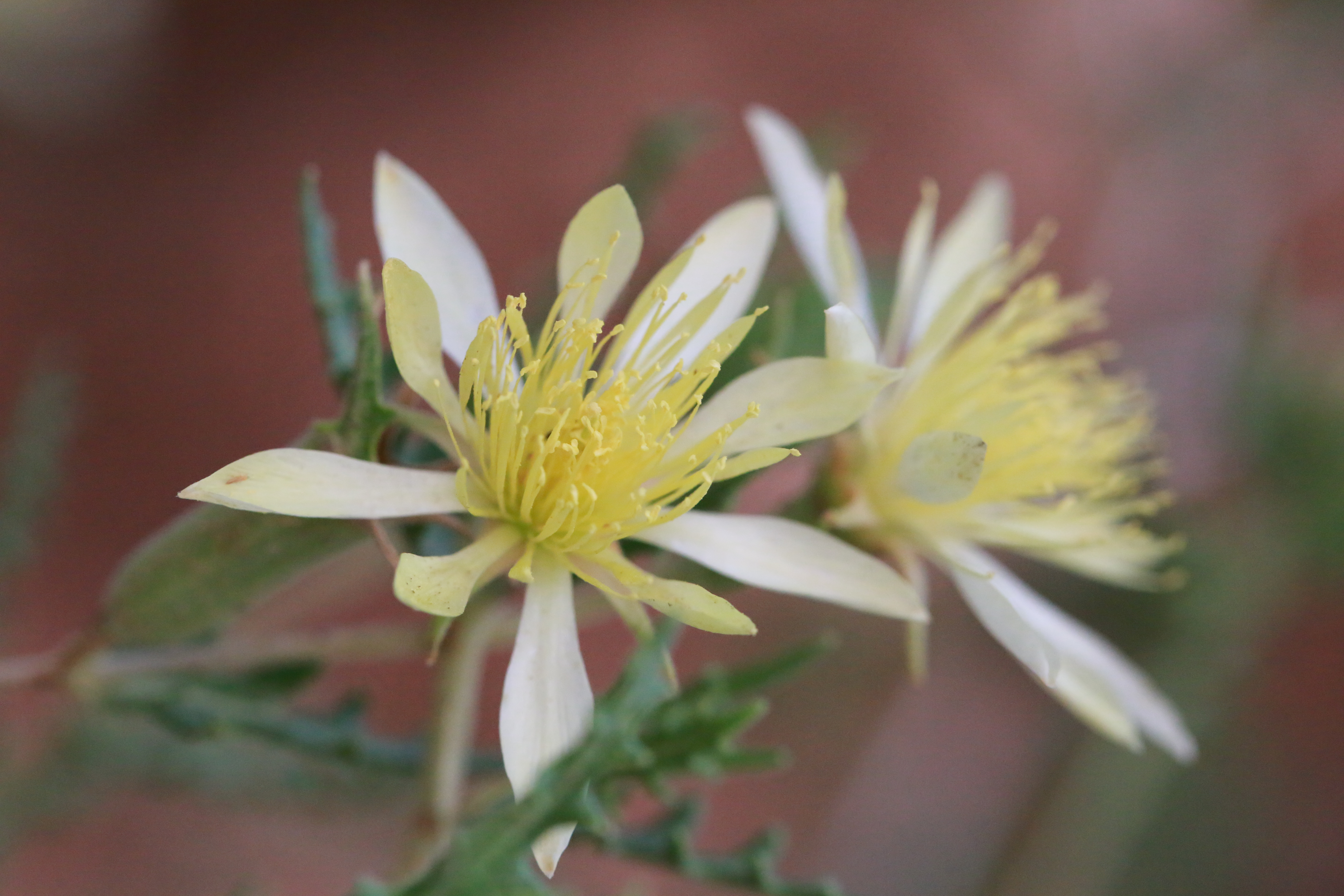Research
 Plant Evolutionary Morphology
Plant Evolutionary Morphology
When exploring morphological diversity across major branches of life, it becomes evident that plants showcase an unparalleled array of forms. This rich tapestry of variation reflects millions of years of adaptation to diverse environments, functional demands, and intricate pollination dynamics. In our laboratory, we are driven by a profound curiosity to unravel the evolutionary mechanisms underpinning the astonishing morphological diversity observed in plants. Employing a macroevolutionary lens, we integrate classical anatomical and morphological techniques with cutting-edge phylogenetic comparative methods, ecological insights, and genomic analyses. Through this multidisciplinary approach, we strive to illuminate the intricate pathways through which plant forms have evolved over time. In the following sections, we delineate a subset of our research endeavors that epitomize our holistic approach to investigating plant evolutionary morphology.
 Staminode Evolution
Staminode Evolution
Staminodes are infertile stamen that either evolve a secondary function or are rudimentary structures. We have been fascinated by the evolution of these structures, especially when they represent functional cooption. We have been studying staminode evolution across angiosperms to determine how they arise and develop in various groups, and have been interested in investigating common evolutionary transitions in staminodes across clades.
 SEED EVOLUTION
SEED EVOLUTION
The morphological/anatomical innovation of seed evolution makes a remarkable system to study the evolution of forms because they are relatively simple structures that are under strong selection. We have been studying large-scale patterns of morphological evolution across plant families under a phylogenetic comparative framework. We have also been interested in answering how morphological changes occur concomitantly with changes in dispersal ecology at the macroevolutionary scale and how morphology evolves to meet the functional demands of dispersal.
EVOLUTION OF DISPERSAL FUNCTION
 Among all of the stages in a plant's lifecycle, the dispersal of seeds/fruits is perhaps the most important, yet vulnerable stage. Because of the importance of dispersal to continue the lifecycle, there is strong selection on seeds and/or fruits to maximize dispersal success. We are interested in understanding how selection optimizes dispersal function, especially as it pertains to soil specialization, as well as other morphological traits.
Among all of the stages in a plant's lifecycle, the dispersal of seeds/fruits is perhaps the most important, yet vulnerable stage. Because of the importance of dispersal to continue the lifecycle, there is strong selection on seeds and/or fruits to maximize dispersal success. We are interested in understanding how selection optimizes dispersal function, especially as it pertains to soil specialization, as well as other morphological traits.
 ADAPTIVE RADIATIONS
ADAPTIVE RADIATIONS
Why some groups have much more species diversity than other closely related groups is a long and nuanced question in evolutionary biology. We have been interested in understanding triggers of ecological opportunity and adaptive radiation. We have applied statistical phylogenetic approaches to understand the dynamics of these remarkable diversification events. In addition to outlining some theoretical work on adaptive radiations, we have been primarily interested in understanding how movement to new continental areas has spurred, or in many cases, not spurred ecological opportunity and adaptive radiations.

